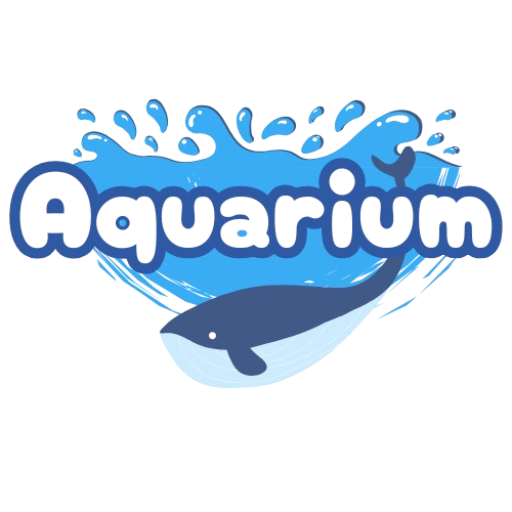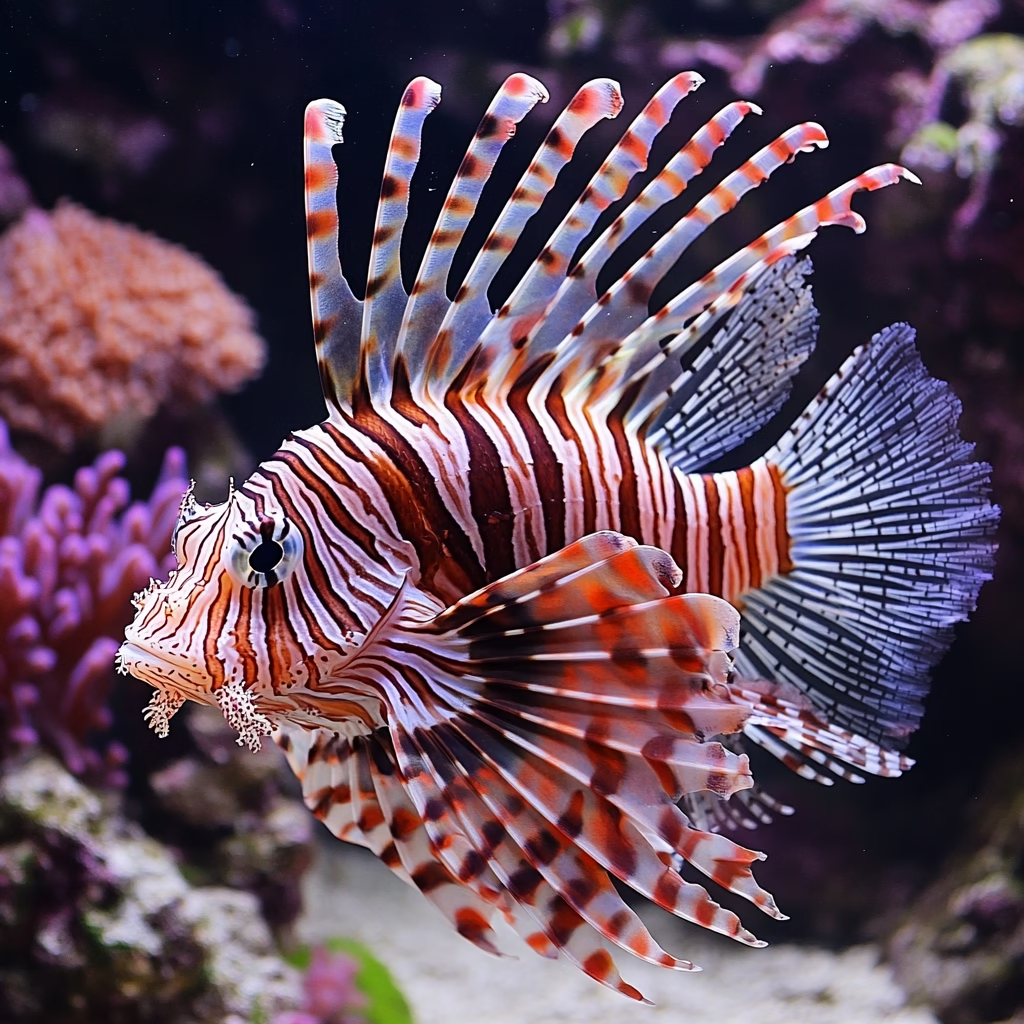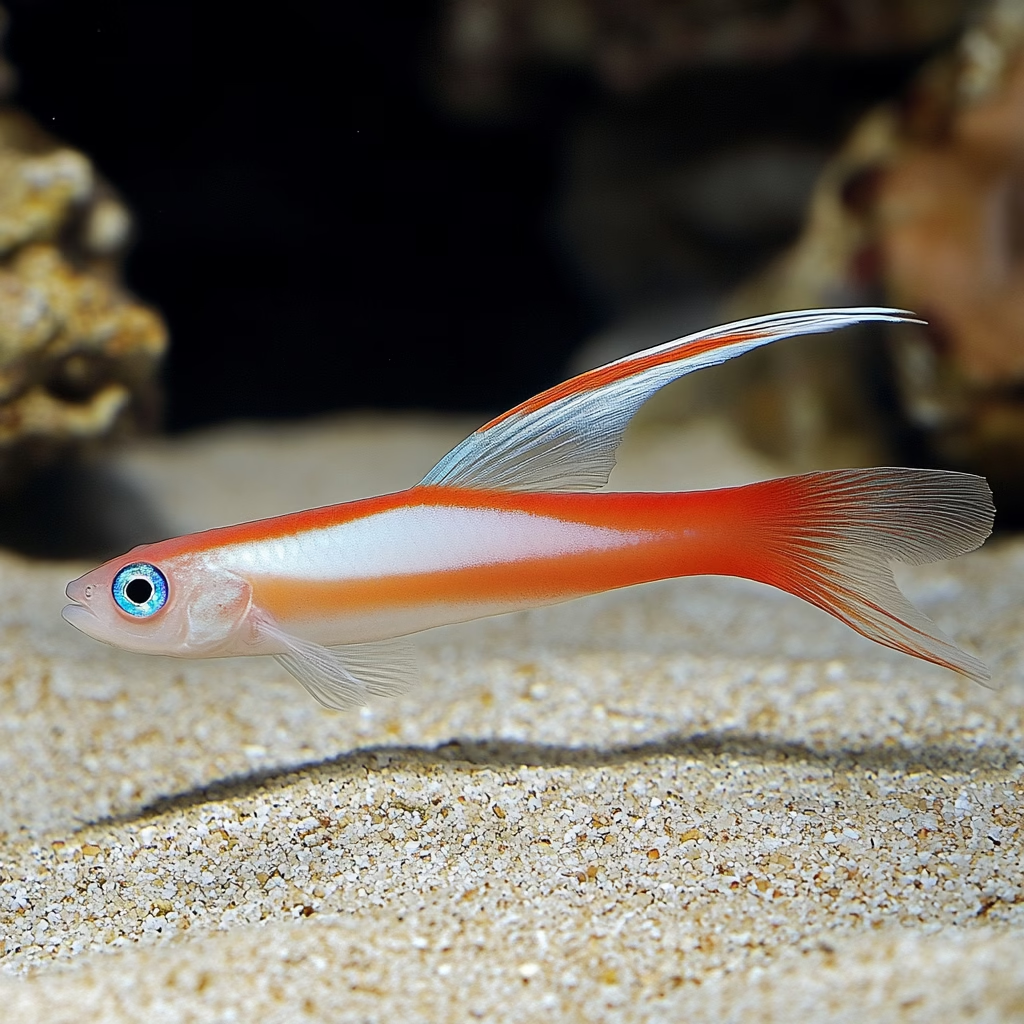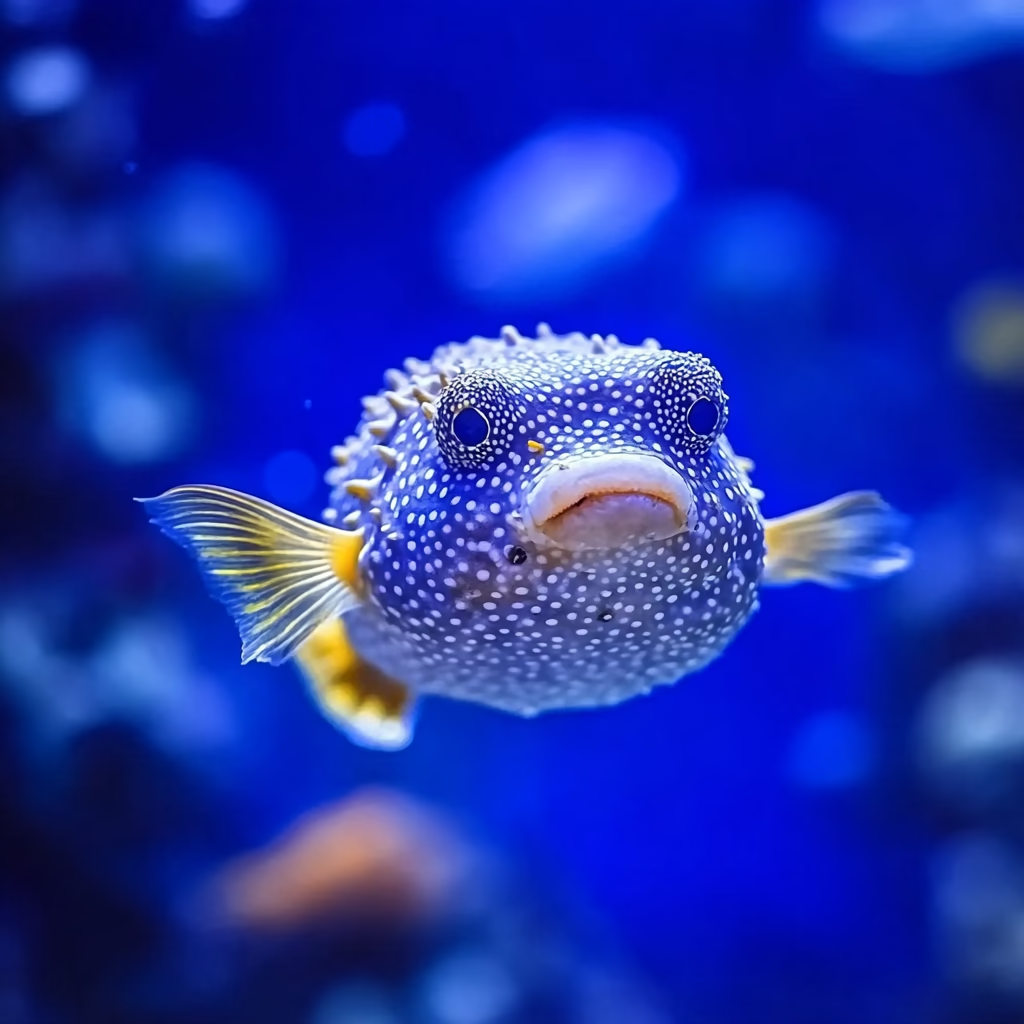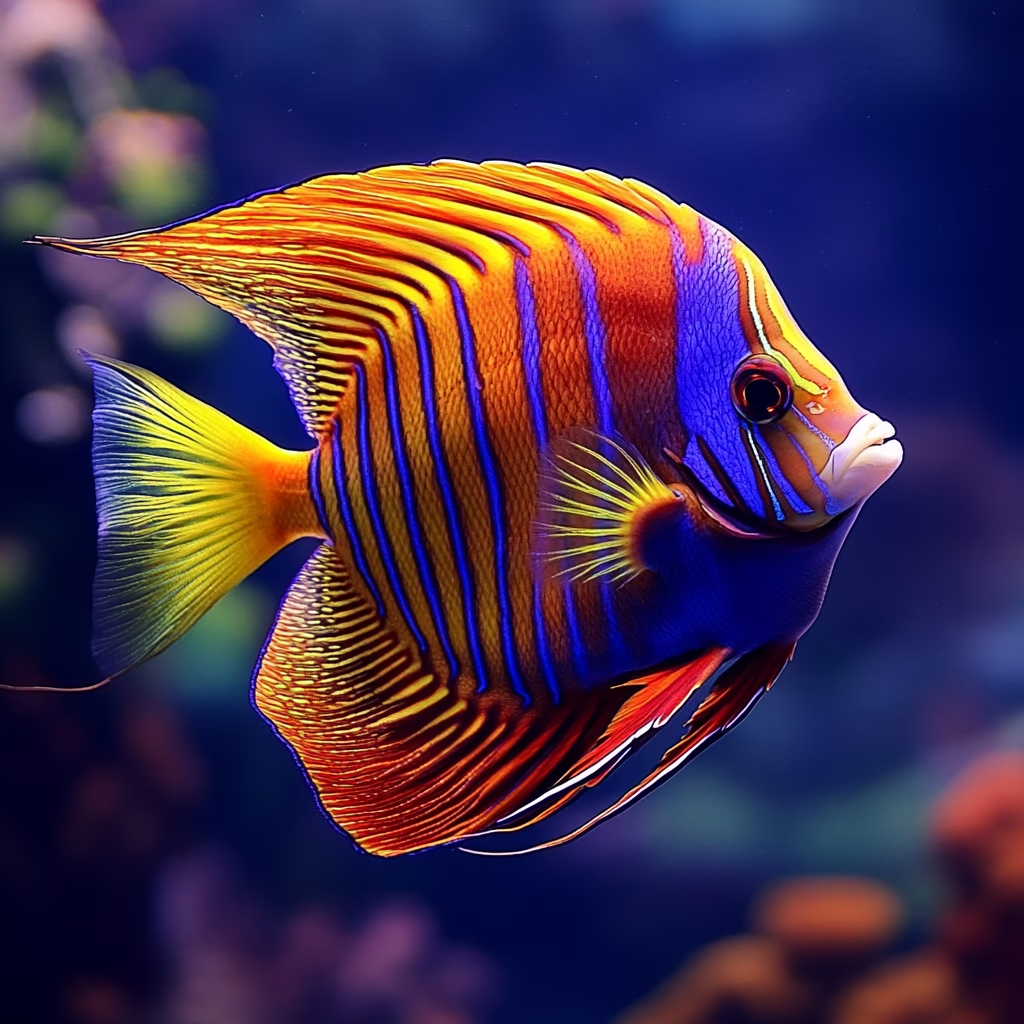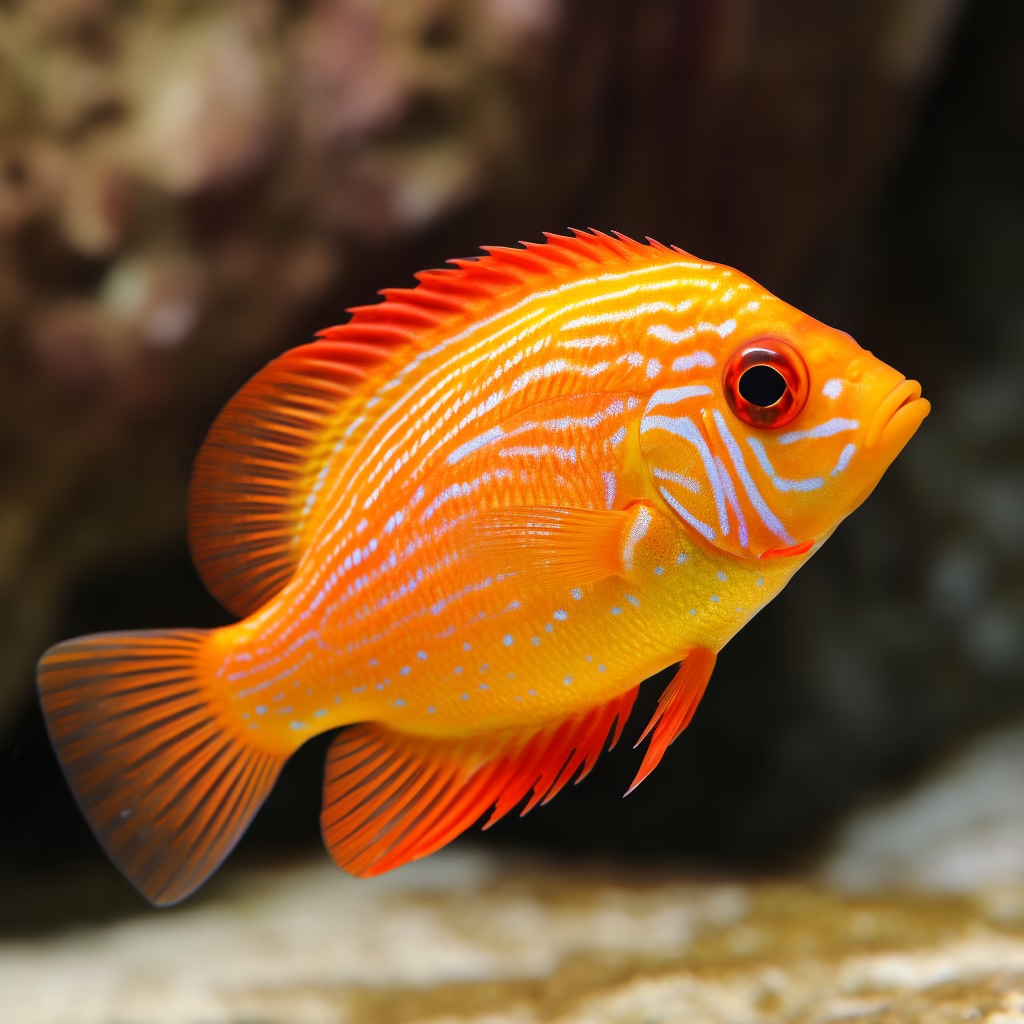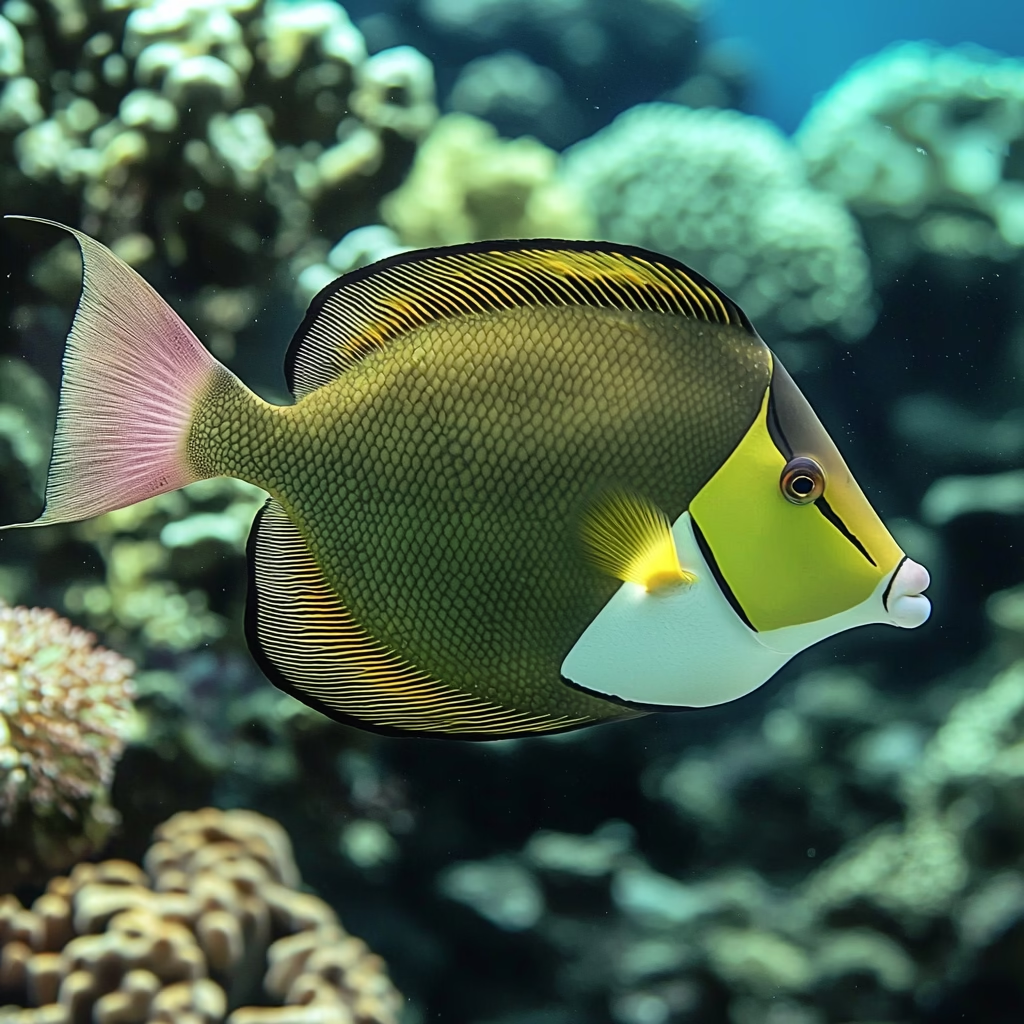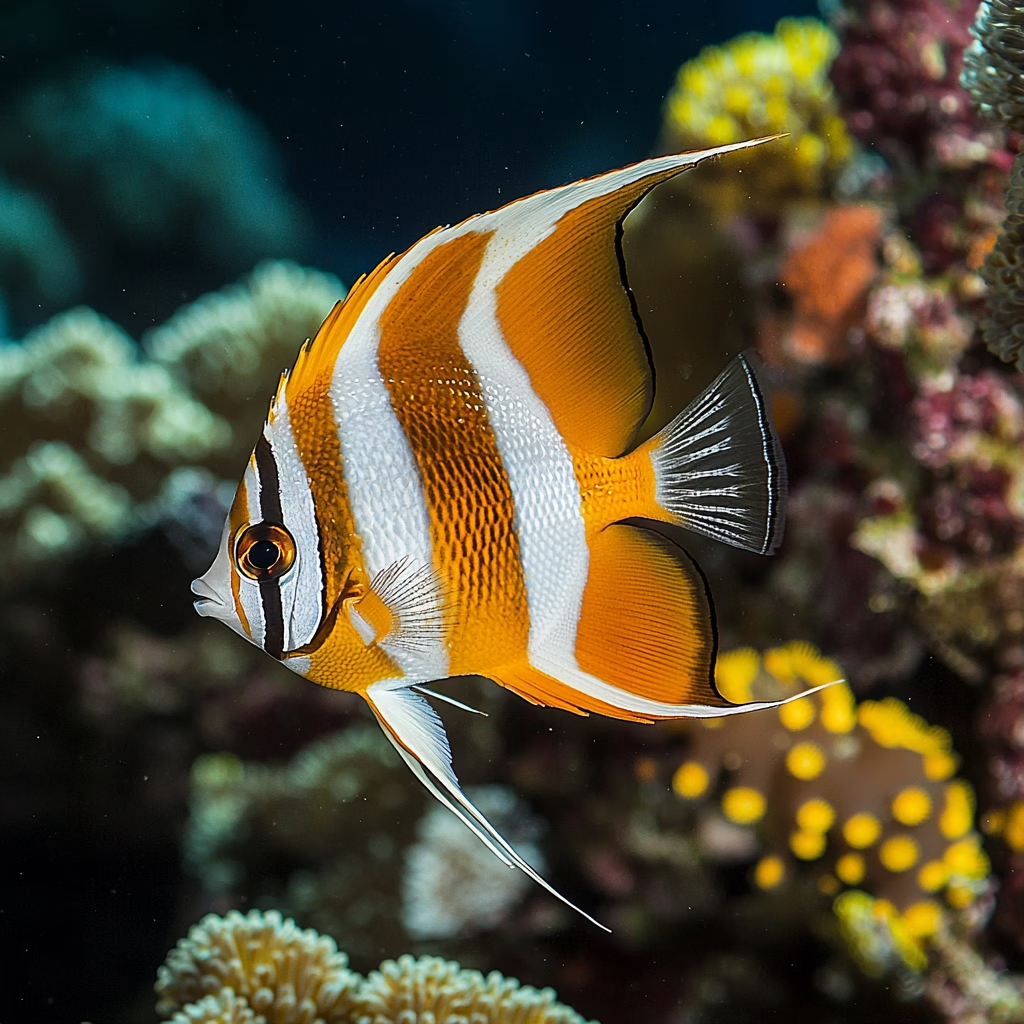The lionfish, with its striking appearance and venomous spines, represents one of the ocean’s most remarkable yet problematic species. These distinctive marine creatures have captured the attention of ocean enthusiasts, scientists, and conservationists alike for their breathtaking beauty and concerning ecological impact. From their native Indo-Pacific waters to their invasive presence in the Atlantic, lionfish have become central figures in discussions about marine ecology, invasive species management, and ocean conservation efforts.
What Are Lionfish? Understanding These Distinctive Predators
Lionfish (Pterois species) belong to the Scorpaenidae family and are immediately recognizable by their fan-like pectoral fins, distinctive zebra-striped pattern, and array of venomous spines. These medium-sized reef fish typically grow to 12-15 inches in length, though some specimens have been recorded at up to 18 inches. Their bodies showcase a stunning combination of red, brown, and white bands, making them among the most visually striking fish in the ocean.
The most common species encountered are the Red Lionfish (Pterois volitans) and the Common Lionfish (Pterois miles). These closely related species share similar appearances and ecological roles, often leading to confusion when identifying them in the wild.
Anatomy and Defense Mechanisms
What makes the lionfish truly remarkable is its specialized anatomy. Their bodies feature 18 venomous spines—13 along the dorsal fin, two on the pelvic fins, and three on the anal fin. These spines serve as the lionfish’s primary defense mechanism against potential predators.
When threatened, lionfish don’t flee like many other fish species. Instead, they face their attackers head-on, pointing their venomous spines toward the perceived threat. The venom contained in these spines can cause extreme pain, swelling, and in rare cases, more serious health complications for humans and other animals.
Their flamboyant appearance, rather than serving as camouflage, actually functions as a warning display—a natural signal to potential predators about their venomous nature. This phenomenon, known as aposematic coloration, is common among venomous and poisonous species across the animal kingdom.
Native Habitat and Natural Distribution
Lionfish are naturally found throughout the warm waters of the Indo-Pacific region. Their native range extends from southern Japan and Korea, throughout Micronesia, and into parts of the South Pacific and western Australia. Within these vast waters, lionfish typically inhabit coral reefs, rocky outcrops, and occasionally mangrove areas at depths ranging from 1 to 300 feet.
In their native habitats, lionfish populations exist in a delicate ecological balance. Natural predators, parasites, and competitors help keep their numbers in check, allowing them to fulfill their role as mid-level predators without overwhelming local ecosystems.
The Lionfish Diet and Hunting Behavior
Lionfish are voracious predators with feeding habits that significantly impact reef ecosystems. Their diet primarily consists of smaller fish and crustaceans, with adult lionfish capable of consuming prey up to half their body size.
What makes lionfish particularly effective hunters is their unique method of capturing prey. Unlike many predatory fish that rely on speed to chase down their meals, lionfish employ a specialized hunting strategy:
- They use their large, fan-like pectoral fins to corner smaller fish against reef structures
- They produce a jet of water that confuses and disorients potential prey
- They rapidly open their mouths to create a powerful suction that draws prey in whole
This hunting strategy, combined with their ability to consume large quantities of prey—up to 30 small fish per hour in laboratory conditions—makes them formidable predators. Their stomachs can expand up to 30 times their normal size after a large meal, allowing them to go days between feeding sessions when necessary.
Reproduction and Life Cycle
The reproductive capabilities of lionfish contribute significantly to their success as an invasive species. Female lionfish reach sexual maturity when they’re about one year old and can spawn every four days year-round in warm waters, producing up to 30,000 eggs per spawn. This means a single female can release over two million eggs annually.
After fertilization, the eggs are bundled in a gelatinous mass that floats in the water column. These egg masses contain a chemical deterrent that discourages predation. After approximately two days, the eggs hatch into transparent larvae that drift with ocean currents for about 25-40 days before settling on the seafloor and developing into juvenile lionfish.
This extraordinary reproductive output, combined with their lack of known predators in invaded waters, allows lionfish populations to grow exponentially when introduced to new environments.
The Lionfish Invasion: An Ecological Crisis
The lionfish invasion of Atlantic waters represents one of the most rapid and ecologically damaging marine invasions ever documented. First reported off the coast of Florida in the early 1980s, lionfish have now established populations throughout the Western Atlantic, Caribbean Sea, and Gulf of Mexico.
Origins of the Invasion
While the exact mechanism of introduction remains debated, most scientific evidence points to the aquarium trade as the primary source. The most likely scenario involves multiple releases of pet lionfish into Atlantic waters, either through intentional dumping by aquarium owners or accidental releases during hurricanes or other natural disasters.
Genetic evidence supports this theory, showing that the invaded population originated from a small founder population, consistent with limited release events rather than natural migration.
Ecological Impact
The consequences of the lionfish invasion have been devastating for native marine ecosystems. Research has documented numerous ecological effects:
- Reduction of native fish populations by up to 80% in some areas
- Decreased recruitment of new fish to reef systems
- Altered reef community structures
- Competition with economically important species like grouper and snapper
- Disruption of coral reef health through predation on herbivorous fish that keep algae in check
What makes lionfish particularly damaging as invasive species is their generalist diet, consuming over 50 different species of native fish and crustaceans. They show preference for ecologically important species like parrotfish and cleaner wrasses, whose reduction has cascading effects throughout reef ecosystems.
Control and Management Strategies
Managing the lionfish invasion has become a priority for conservation organizations, government agencies, and coastal communities throughout the affected regions. Several approaches have shown promise:
Targeted Removal Programs
Organized culling events, fishing tournaments, and removal programs have become common throughout invaded areas. These initiatives often involve trained divers using specialized spears and containers to safely capture lionfish. While complete eradication seems unlikely, sustained removal efforts can significantly reduce local populations and mitigate ecological damage.
Development of Commercial Markets
Creating commercial demand for lionfish as food represents one of the most sustainable long-term management strategies. Lionfish meat is white, flaky, and mild-flavored, comparable to popular food fish like snapper. Restaurants throughout the Caribbean and southeastern United States have begun featuring lionfish on their menus, and commercial fishing operations increasingly target them.
This “eat them to beat them” approach provides economic incentives for ongoing removal while potentially creating sustainable livelihoods for fishing communities affected by the invasion.
Technological Innovations
Recent years have seen technological developments aimed at improving lionfish management. These include:
- Underwater traps specifically designed to capture lionfish while minimizing bycatch
- Autonomous underwater robots that can identify and capture lionfish
- Mobile apps that help citizen scientists report lionfish sightings and removals
- Genetic research exploring potential biological control methods
Lionfish in Aquariums: Responsible Ownership
Despite their problematic status in the Atlantic, lionfish remain popular in the aquarium trade. Their striking appearance and relatively hardy nature make them appealing to experienced hobbyists. However, responsible ownership is essential to prevent further introductions.
For those considering a lionfish as a pet, several factors should be considered:
- Tank size: Adult lionfish require a minimum of 50-100 gallons depending on the species
- Compatibility: Lionfish will often consume smaller tank mates, making them unsuitable for community tanks
- Safety: Their venomous spines require careful handling and maintenance procedures
- Commitment: Lionfish can live 10-15 years in captivity, requiring a long-term care commitment
- Responsible disposal: Never release aquarium fish into natural waters; instead, contact local fish stores or wildlife agencies if rehoming becomes necessary
Lionfish Research and Citizen Science
The lionfish invasion has catalyzed significant scientific research and citizen science initiatives. Scientists study everything from lionfish biology and ecology to population dynamics and control methods. Many of these research efforts incorporate citizen science, engaging recreational divers, fishermen, and community members in data collection and removal efforts.
Organizations like REEF (Reef Environmental Education Foundation) train volunteers to identify, count, and report lionfish sightings, creating valuable datasets that inform management decisions. These programs not only generate scientific information but also raise public awareness and build community engagement around marine conservation issues.
The Future of Lionfish Management
While the lionfish invasion presents significant challenges, the collaborative response from scientists, resource managers, and communities offers hope. As our understanding of invasion dynamics improves and management techniques evolve, there’s potential to bring invaded ecosystems into a new, sustainable balance.
The lionfish story also provides valuable lessons about the interconnectedness of global ecosystems and the potential consequences of introducing non-native species. By applying these lessons to future conservation challenges, we may prevent similar ecological disruptions.
Conclusion: Beauty, Challenge, and Opportunity
The lionfish represents a paradox in marine conservation—a species both admired for its beauty and feared for its ecological impact. This duality makes it a powerful symbol of the complex challenges facing ocean ecosystems in the 21st century.
As we continue addressing the lionfish invasion, the broader lessons about ecosystem management, sustainable utilization of marine resources, and the importance of responsible human interaction with ocean environments remain relevant far beyond this single species. Through continued research, innovation, and community engagement, the lionfish challenge may yet transform into an opportunity to develop more effective approaches to marine conservation.
Whether encountered in their native Indo-Pacific reefs, as invasive populations in Atlantic waters, or in carefully managed aquarium displays, lionfish continue to fascinate and educate us about the delicate balance of ocean ecosystems and our role in preserving them for future generations.
